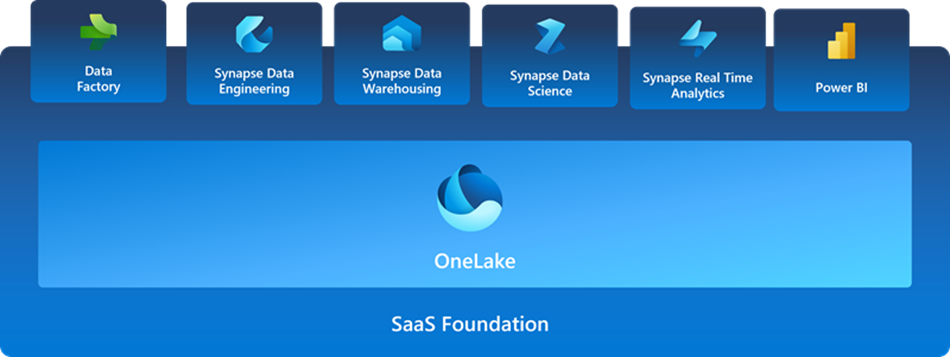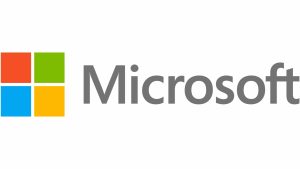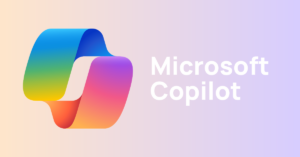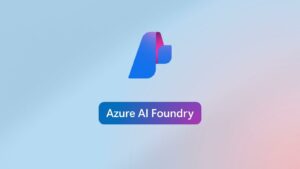Try to contain yourself for these next six words: Microsoft Fabric is now generally available.
Embarking on their transformative data-journey, Microsoft has announced Microsoft Fabric, its cutting-edge SaaS-based data platform. This initiative represents a significant overhaul of the data platform landscape, seamlessly integrating past services like Azure Data Factory, Azure Data Lake Store, Azure Synapse, and Power BI into a unified and streamlined offering. At its core, Fabric introduces the concept of OneLake – a unified data lake built on the Parque file format, serving as the backbone for all associated services.
Moreover, and maybe most interesting, Fabric’s reach extends beyond the Microsoft ecosystem, establishing connections to data in Snowflake, AWS, GCP, and other systems. Delving into the Copilot realm, Fabric incorporates numerous capabilities to expedite report building, facilitate data science endeavors through notebook creation, optimize SQL code, and much more. Dive into the details of Microsoft Fabric’s release here.
Why This Matters
- The Microsoft Data Revolution: Microsoft Fabric stands as one of the most pivotal transformations in Microsoft’s native data platform within Azure. This overhaul aims to significantly reduce the time and effort invested in setting up, configuring, and managing the data estate, empowering data teams to swiftly extract insights.
- Versatility in Service Consolidation: Customers now have the potential to replace various services and tools by transitioning to Fabric, including several Azure services like Azure Databricks. This consolidation streamlines operations, offering a more cohesive and efficient data management solution.
- OneLake Architecture Benefits: The innovative OneLake architecture brings forth a paradigm shift by eliminating data copies and fortifying security measures. This translates into reduced storage costs, the elimination of previous data preparation timelines, and the unification of security measures across diverse computing environments – be it warehousing, SPARK, traditional queries, or seamlessly connecting data to a Copilot experience.
- SaaS Simplicity: Positioned as a SaaS offering, Microsoft Fabric alleviates the complexities associated with storage accounts, subscriptions, servers, and other infrastructure requirements. This move towards simplicity enhances user experience, making the data platform more accessible and user-friendly.
With the goal of ushering in a new era where data management becomes more intuitive, efficient, and interconnected, Microsoft Fabric’s performance will be of great interest in 2024. As organizations navigate the evolving landscape of data analytics, Fabric emerges as a Microsoft beacon, promising not just enhanced capabilities but a fundamental shift in the way data is harnessed for innovation and insight.





